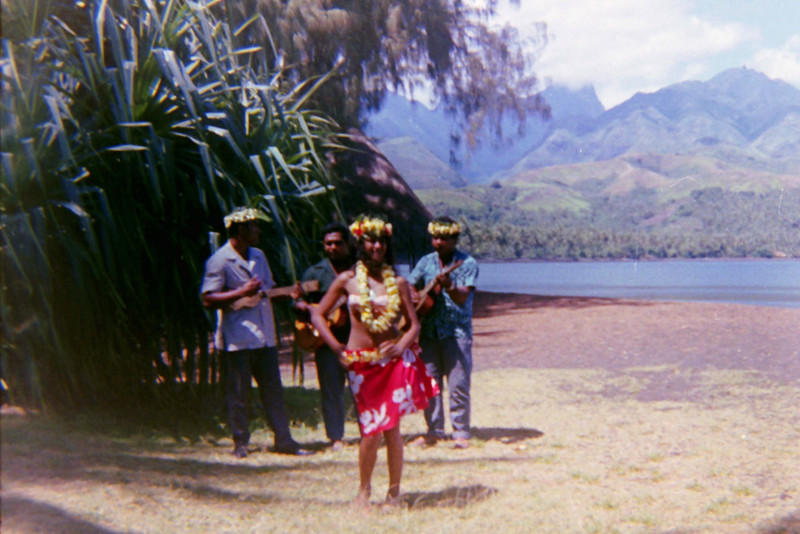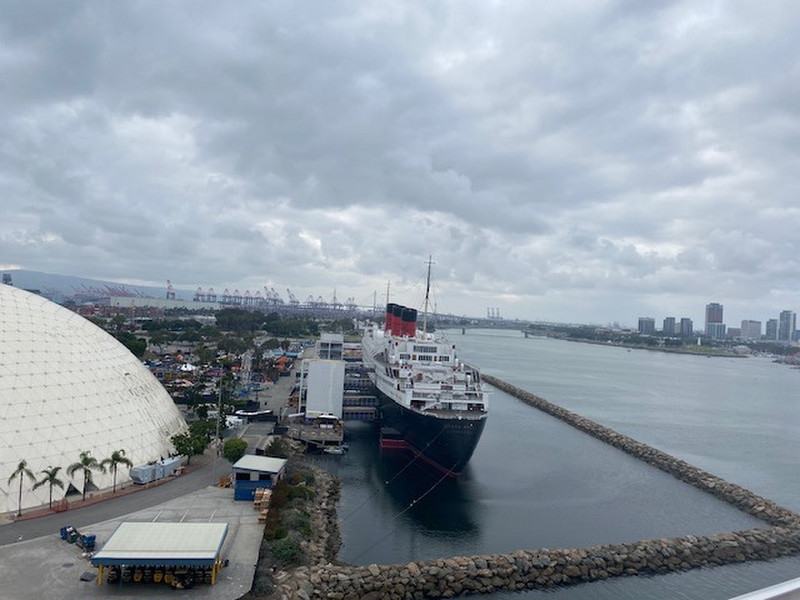Russia has eleven time zones, and I crossed EIGHT of them on the Railway. The time difference between Vladivostok, where I boarded the TSR, and Moscow is SEVEN hours. It is a mere 6152 miles from Vladivostok to Moscow, and I rode every single one of those miles or kilometers. It is normally a six- or trip, depending on the schedule. So, the problem is quite simple. The train runs on Moscow time, but we tend to eat and sleep, based on local time. My solution was to carry or wear two watches. But I still had problems, as I will share below. Speaking of times zones, why do we have them? Time zones are a relatively modern invention. J. Griggs from Travel Trivia: Just like the more recent advent of the internet, time zones were created to simplify our lives — when the world began to run on a standardized time, it made global transactions and international travel But as the saying goes, time is all relative, which is what makes time zones around the world so fascinating.
England, is at the center of the world. Thats because Greenwich Mean Time (GMT) has historically been considered universal time — its even the time used by the international space station. In 1884, Greenwich was chosen as the center of world time for reasons of convenience. First, the U.S. had based its national time zones on a meridian that ran through Greenwich. Secondly, in the late nineteenth century much of the depended on maritime trading, and most sea charts also used the Greenwich meridian as the primary point of reference. As such, this particular meridian, which ran from the North Pole to the South Pole and crossed directly through Greenwichs Royal Observatory, became the worlds Prime Meridian.
Set to 0 degrees longitude, the Prime Meridian is the line upon which GMT was established in order to set the standard for world time. In 1967, Coordinated Universal Time (UTC) was introduced as a GMT equivalent and an updated global time standard. At this point, GMT was technically reduced to just a time zone, although its still used as vernacular to tell the worlds time.
of choosing a longitudinal equivalent to the equator and to standardize time throughout the world. At the conference, the Prime Meridian was established as a way to divide the Eastern and Western hemispheres just as the equator divides the Northern and Southern. At the same time, the 26 nations that attended the conference created another invisible line: the International Date Line (IDL). The IDL was created to demarcate the difference between one calendar day from the next. Set to a longitude meridian, the IDL begins at both poles and then around the globe, mostly through a remote section of open ocean.
Interestingly enough, since the IDL has no lawful status, countries are free to choose the dates they observe. Case in point: In 2011, Samoa decided to change its time zone by crossing the International Date Line and skipping an entire calendar day, thereby into the future. The change was made in order to improve trade relations with Australia and New Zealand, two countries with whom Samoa conducts regular business. I never knew that!
Before mechanical clocks were invented, people used sundials to tell the time. Noon was considered to be when the sun was at its highest point in the sky, due south. As a result, each town and city had its own version of time even after the introduction of mechanical timepieces. With the invention of the transcontinental railroad, however, the lack of standardized time became problematic. As people left one city and traveled by railroad across the country, watches had to be reset frequently to the different times at each station.
To solve this predicament, the U.S. borrowed the idea of time zones from Sir Sandford Fleming. A Canadian railroad engineer, Fleming had up with the idea of dividing the world into 24 different time zones, each with an hourly variation. The U.S. adopted this idea nationally, creating four different zones based on degrees of longitude.









